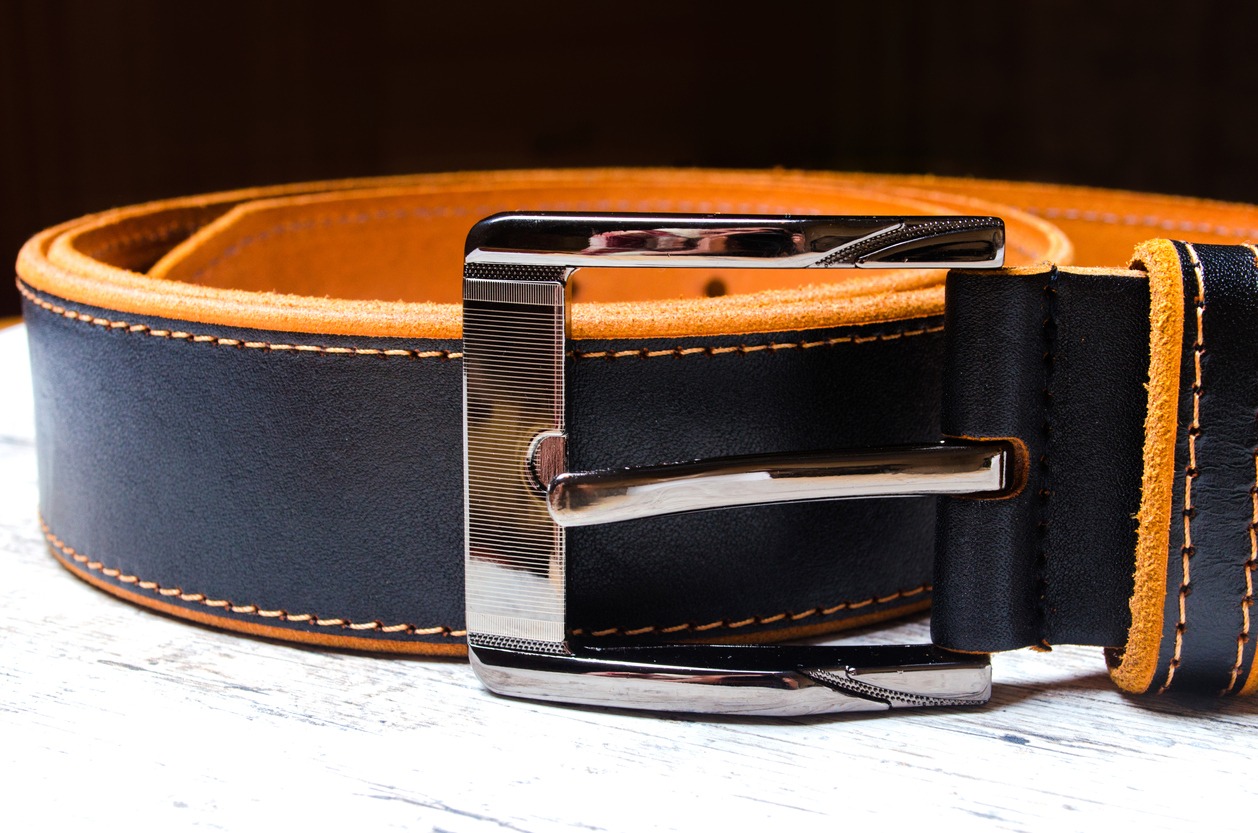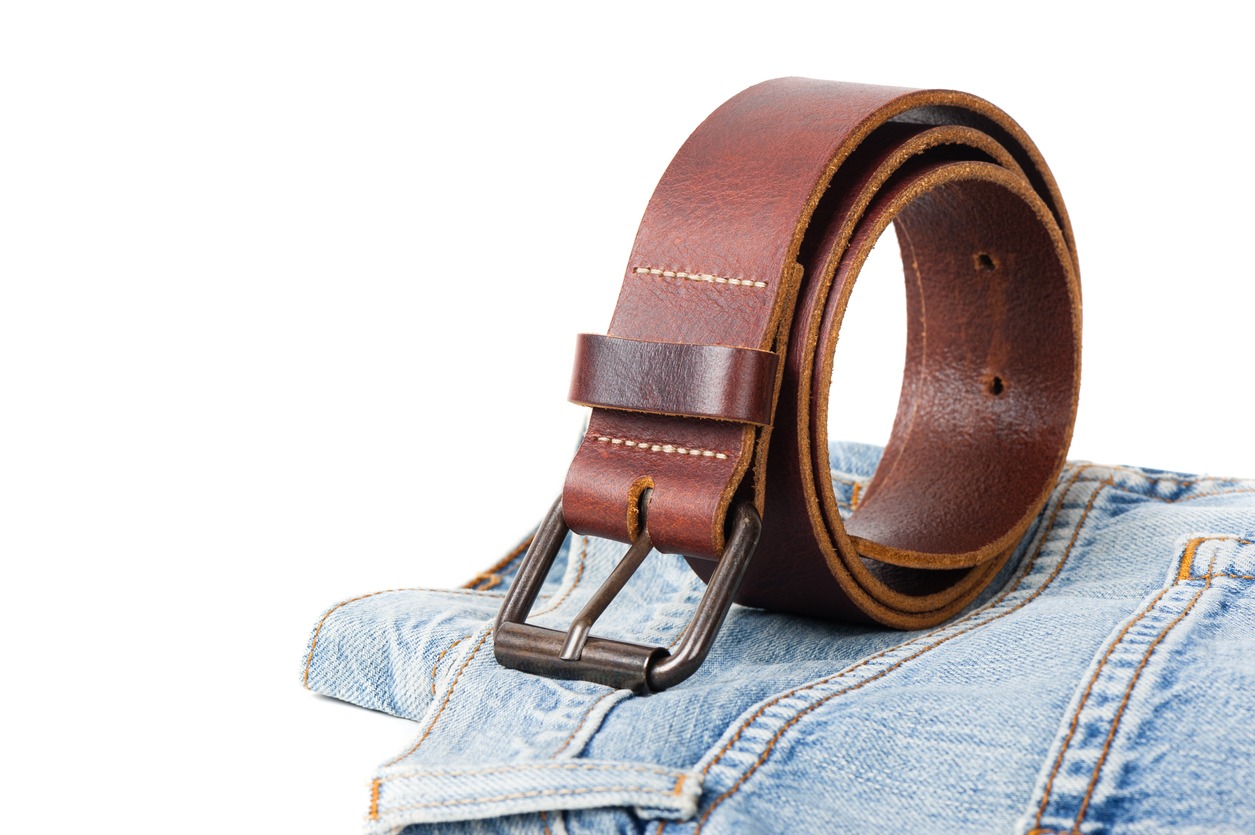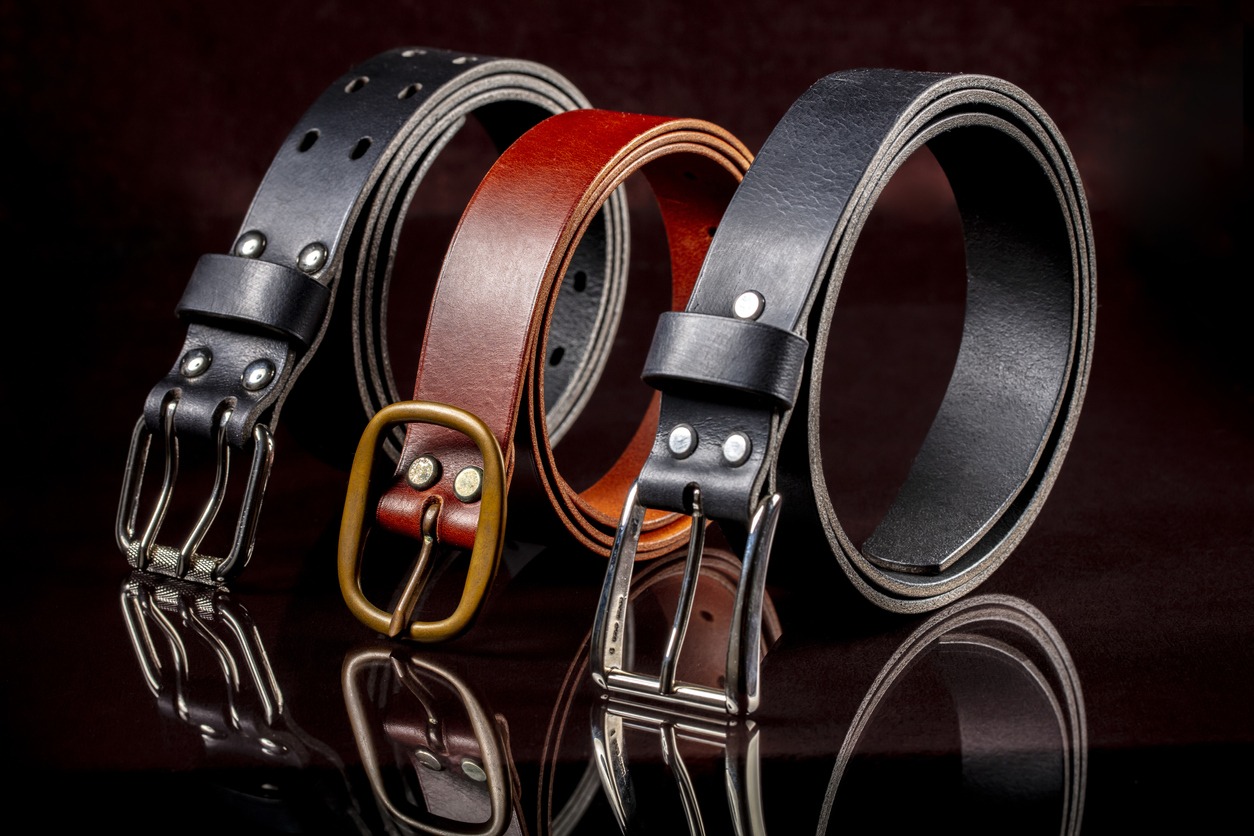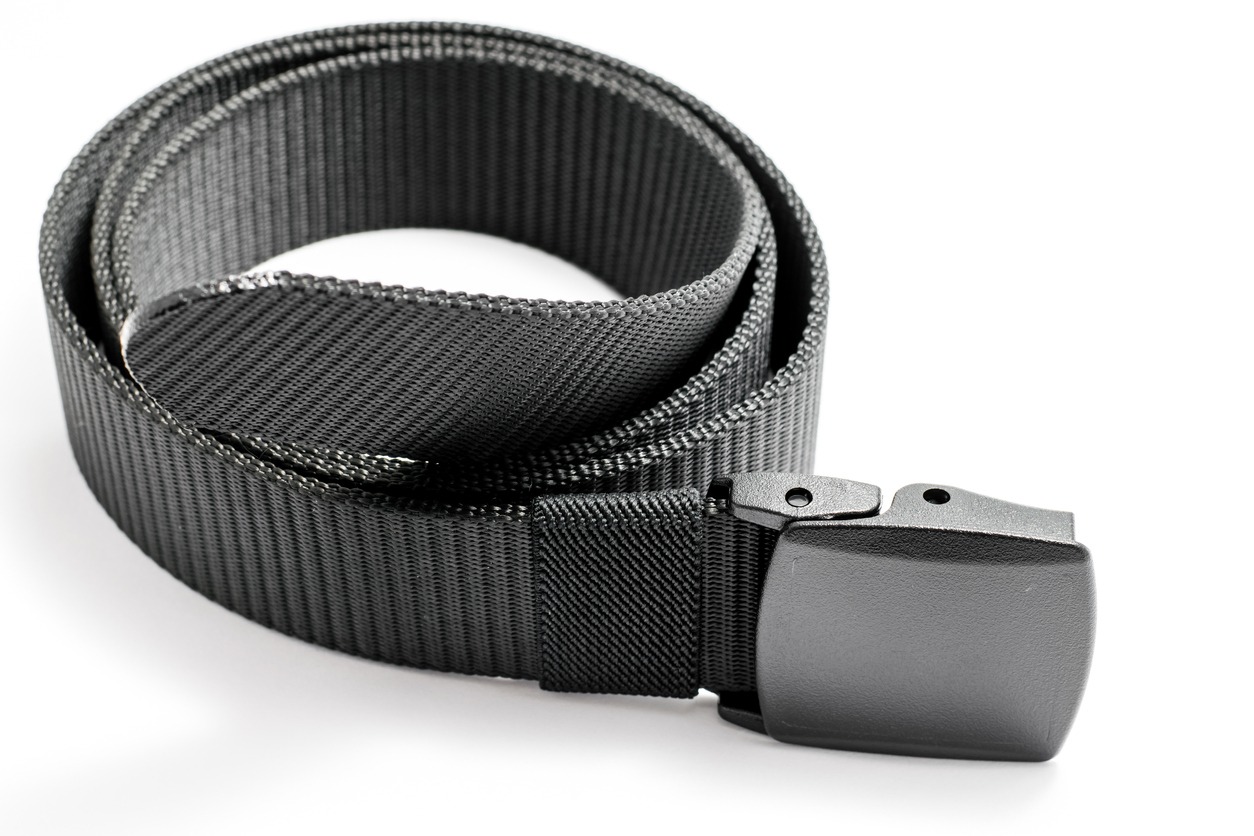For most people, wearing a belt is a no-brainer and serves a purely practical purpose. However, belts are an indispensable accessory that may transform an outfit and tie it all together. When worn appropriately, belts may be the focal point of both casual and formal ensembles, paired effortlessly with shorts, chinos, jeans, and suit pants.
Why are belts essential?
Belts are used in a variety of ways to tighten or hold up pants, shorts, and skirts, to carry goods such as tools and weapons, and to define or enhance the waist.
There are three types of belt loops: a loop sewed to the garment, a keeper loop attached to the belt, and a detachable loop. Some clothing contains waist belt loops through which a belt can be threaded. In addition, many belts are equipped with a “keeper loop” near the buckle. Once the belt is buckled, the keeper loop prevents the free end of the belt from flying around. Some belts contain an end point (made of metal or leather) that protects the unattached end of the belt from injury. Belts on dresses, robes, and gowns do not hold the garment up, but they can define or enhance the waist. These clothes do not require belts since they retain their position on the body by hanging from the shoulders or by rubbing against the torso. The width of belts worn with such clothes is not constrained by the size of belt loops; certain large belts known as waist cinchers seem and function similarly to corsets.
Belts that do hold up garments typically take use of the torso’s limited circumference (and compressibility) above the hips. The garment is held up by suspension (hanging), without the need for the friction and compression of a belt; and the same principle applies to bib overalls. A garter belt (also known as a suspender belt) uses both methods: the belt maintains its position on the body through friction and/or compression at or near the waist and/or by being smaller than the hips, and it suspends the stockings to keep their position on the legs. A sock garter functions similarly to a suspender belt, with the upper band of the garter being worn around the thigh or calf instead of the waist. A plain garter, a band worn on one leg to retain stockings in place, functions similarly to a belt by utilizing friction and compression.
Belts are frequently worn as fashion accessories and come in a variety of colors, shapes, and materials. In the subculture of heavy metal, bullet belts and studded belts are worn. Belt buckles, which are often constructed of metal, range from plain, single-color finishes to ornately embellished belt plates.
In addition, they can be divided into ordinary and outdoor belts.
Regular Belts
Belts are historically used to bind the waist of pants or bottoms. They can be used to hold up pants that are too tight or to tighten the waist of pants that are slightly too loose. Although belts were initially designed to prevent pants from falling down, they are now frequently worn as fashion accessories to bring ensembles together. A belt can be utilized to add color to an ensemble, unify a cluttered ensemble, or accentuate your natural silhouette. Belts are available in a range of styles that are suitable for both formal and informal occasions.
The majority of standard belts are comprised of “genuine leather.” Leather is about all that can be said about it. Typically, genuine leather consists of the less-desirable portions of the hide that have been separated from the grain, which is the top layer of skin. A portion of actual leather is colored, but the majority is painted. You will notice the belt cracking and flaking with usage; it is a leather product that has been painted rather than colored, unlike genuine leather products.
The standard belt lacks the requisite material to have sufficient tensile strength and rigidity to support much more than your pants; a gun and holster are ruled out. Despite their universal utility, several belts are promoted for a particular gender.
Outdoor Belts
Belts developed primarily for outdoor activities and functions. Hikers secure their trekking trousers with lightweight belts made of webbing, elastic belts, or sturdy belts made of leather and synthetic leather to prevent them from slipping down when hillwalking. In addition to a choice of synthetic webbing or leather straps, hikers have a vast selection of closure methods and strap buckles to pick from.
Belts for outdoor use that are crafted from leather or synthetic leather typically have traditional pin buckles, where the pin in the belt hole ensures the optimum waist size. For textile and webbing belts, hillwalking equipment manufacturers prefer to utilize buckles with pin buckles or twin D-rings that may be adjusted separately and continuously.
Belts for hillwalking pants come in a variety of lengths and widths. Some belts are so elastic that they may be used universally, but before purchasing other hiking belts, hikers should determine their waist size. As a general guideline, 15 centimeters should be added to the waist measurement. The resulting belt length is neither excessively short nor excessively long.
The width of the trekking belt you select is determined on personal preference and your individual walking equipment. Not all belt loops on hillwalking and hiking pants can accommodate wide belts. Nonetheless, a belt for outdoor use should not be too small; otherwise, there is a possibility that it will cut in while running or sitting. The majority of hikers feel very at ease with a belt width between 3 and 4 centimeters.
Outdoor Belt Materials
Belts for walking trousers made of a slightly stretchy cloth provide excellent mobility. Additionally, they are perfect for climbing and cycling. They are typically supplied with tiny, flat buckles so that they cannot be felt under the hip belt of a backpack and cannot become entangled. For an outdoor belt, synthetic elastic webbing is the finest alternative for children. With appealing hues and patterns, they are also visually ideal for toddlers.
Leather belts are quite popular among hikers due to their durability and wearability. The elasticity is less than elastic webbing, but the fit and high-quality appearance are in high demand for trekking and hillwalking. A leather outdoor belt will be a dependable companion for many years.
Why do outdoor activities require belts?
It is extremely risky to have your hiking pants fall down when engaged in outdoor activities. Imagine scrambling, mountaineering, or trekking with your pants falling down, leading to dangerous slips and falls. It can also be humiliating if you’re hiking with a group.
A hiking belt keeps your pants in place, making hiking safer and preventing embarrassing situations.
Hiking belts have numerous roles. Pants that fall off the hips are not only humiliating, but they also pose a tripping hazard. A badly performing belt will hinder your capacity to carry outdoor equipment, restrict your mobility, and make it impossible to use your pant pockets.
With a quality hiking belt, you’ll be able to keep everything in place and get the most out of your outdoor gear. The best hiking belts are lightweight, user-friendly, and do not restrict movement. I will examine the best belts, their qualities, and how they enhance your hiking gear.
To conclude, conventional belts are all about fashion, outdoor belts are all about functionality and utility. In both circumstances, you must choose the one that best suits your lifestyle.




